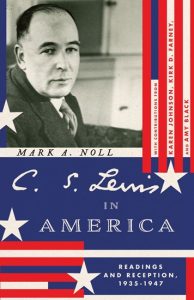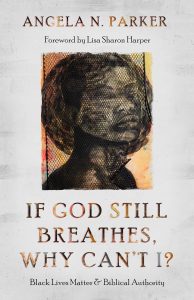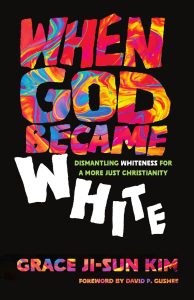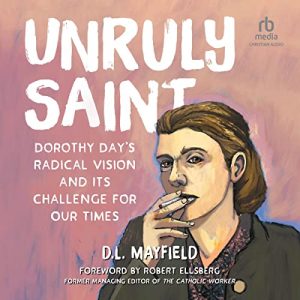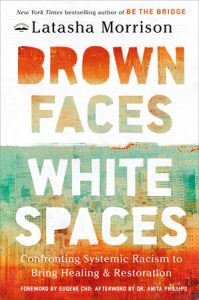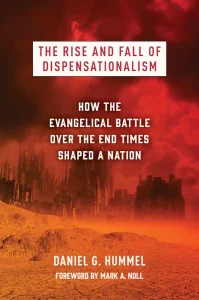 Summary: A history of Dispensationalism from Darby to pop culture.
Summary: A history of Dispensationalism from Darby to pop culture.
I did not grow up in a strongly dispensationalist church. But as I reflected throughout the book, I was surprised to learn how many institutions, communities, and preachers who were important to me were influenced by dispensationalism. The strength of The Rise and Fall of Dispensationalism is that it does not fall into caricature but is carefully nuanced about the various streams of Christianity influenced by dispensationalism.
As someone who was a child and teen in the late 70s and early ’80s, I was aware of movies like The Thief in the Night, even if I was too young to be strongly influenced by them. I know several people who were freaked out by the scare tactics of that era of dispensationalism, but I tended toward questions or avoidance rather than direct fear. I was more attracted to “Scholastic Dispensationalism” than pop culture dispensationalism. A friend of mine’s was a pastor’s kid at a local Evangelical Free Church. I went to a lot of their youth group activities, and I can remember going to their annual “prophecy conferences” and can remember the charts and explanations of the details of the end times as a teen and preteen. That nearly gnostic idea of the secrets that you can learn if you only follow the right teachers were more of a temptation to me.
I am hesitant to simplify because the complex story is so interesting, but the overly simplified story is that from Darby to Moody to fundamentalism to the rise of the scholastic Dispensationalists to the pop culture dispensationalists, there was an almost continual simplification of the ideas of dispensationalism from a complex system of anti-institutionalist thought toward simpler and simpler premillennialism. That simplified story is too simple, but there is a thread there that as people found parts of the theological ideas to accept and parts to discard, the beloved parts by the earlier generation were usually discarded in favor of an easier-to-explain system.
A simple chart or image is more attractive than a complex multi-page chart. But the thicker theological thinking went in the opposite direction. Mark Noll’s Scandal of the Evangelical Mind is that there is not much of an Evangelical mind, but that does seem to be what is shown here. While movements tried to take the more theological seriously, the dominant streams of dispensationalism were the imagery of an imminent return of Christ, which contributed to a passion to evangelize and reach the world for Christ.
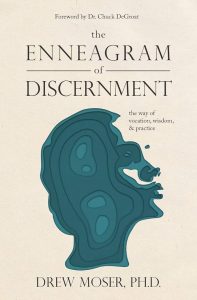
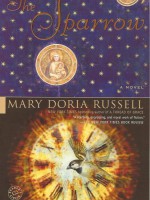 Summary: A group mostly made up of Jesuits discovers that another world with intelligent creatures exists and secretly decides to visit it; tragedy ensues.
Summary: A group mostly made up of Jesuits discovers that another world with intelligent creatures exists and secretly decides to visit it; tragedy ensues.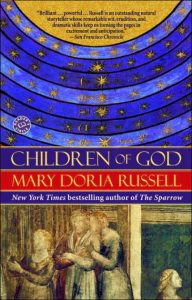 Summary: The second half of the story of The Sparrow.
Summary: The second half of the story of The Sparrow.